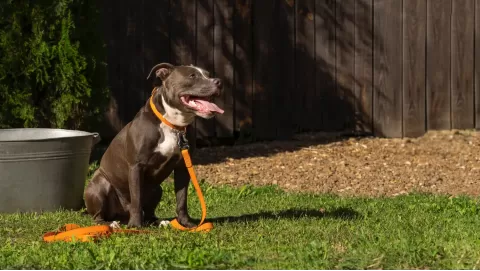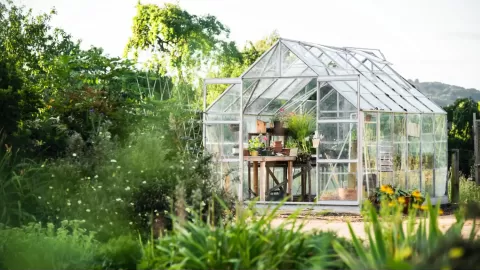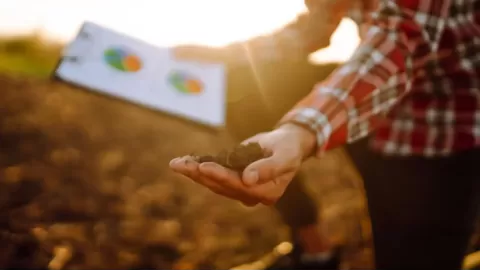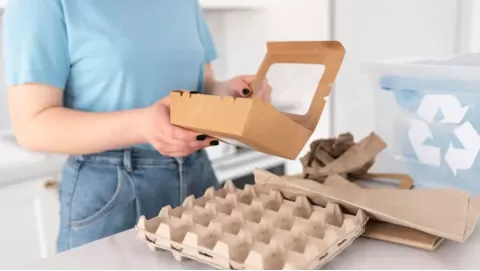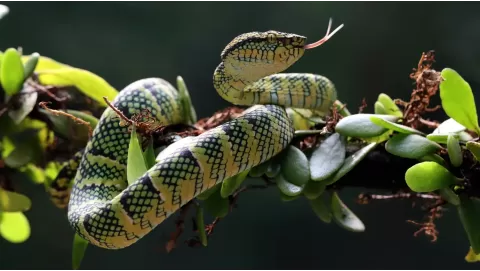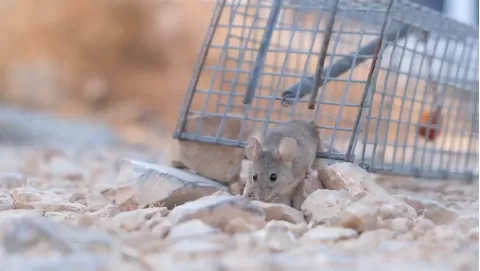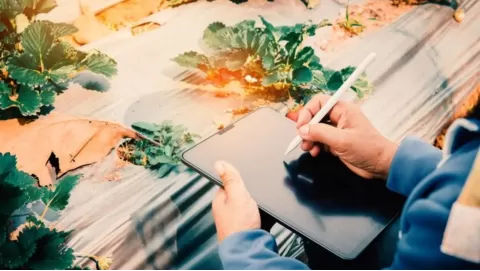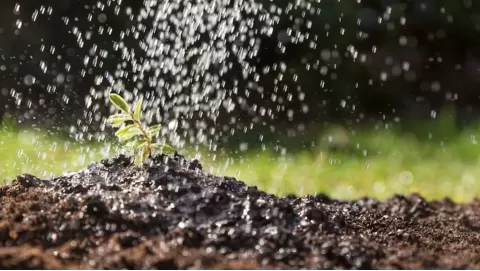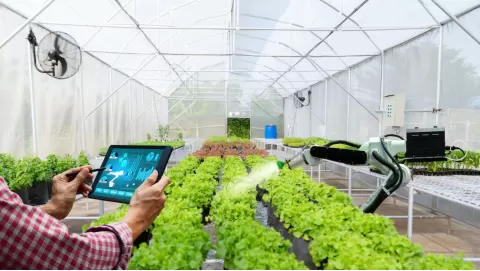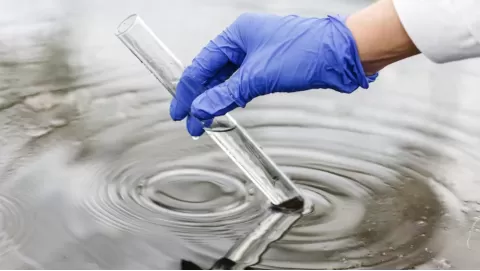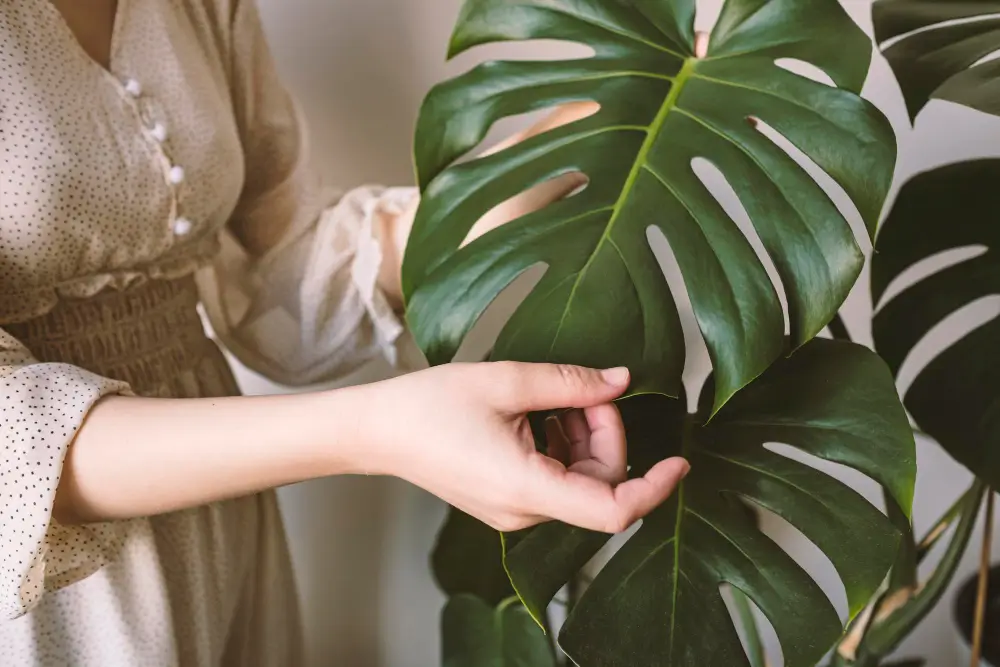
Repotting Monstera: When and how to give your monstera more room to grow
Gardeners know that it is very important to repot the plants to keep them healthy and develop them. With time to grow, plants can become root-bound, literally outgrowing the pots in which they were placed, twisting and tangling under the strain. This limits the growth of the plant. The plant should be relocated to progressively larger pots throughout its life, and new soil is nutrient-rich while also encouraging better air flow and water drainage, which can help avoid root rot.
Their unique split leaves have made Monstera plants a favorite in homes and offices around the globe. These plants have low maintenance care and a stunning look; they make any space look green and elegant. Eventually, every Monstera needs a new place to live — the better to keep growing — so repotting is as essential to plant care as it is less intuitive.
Repotting a Monstera is easy and even easier when you have the right tools. It starts with the help of good potting soil to provide nutrients for healthy growth in your garden, and the help of good pots for drainage.
Growcycle has helpful tools like ergonomic hand trowels and root pruning scissors that make it painless to transplant the Monstera without causing undue trauma to the sensitive roots. Having a couple of these important things on hand, the process of repotting a Monstera should be easy and rewarding for gardeners.
Reasons for Repotting Monstera
Here are a few reasons your plant requires a repotting:
- Growth and Size
Monstera plants get bigger as they age, and their roots do, too. Sometimes the roots get too big for the pot, which hinders the plant from growing well. A larger pot allows the roots to spread, which can help the plant remain healthy and continue to grow well.
- Nutrient Depletion
Over time, potting soil can break down and lose nutrients, leaving a plant struggling to find the necessary ingredients for growth. Repotting takes the place of the old soil with new soil filled with nutrients to keep a Monstera healthy and lively.
- Improved Drainage
Cramped roots can prevent water from draining properly, leading to root rot, which is bad for the plant. Pot the Monstera into a larger container filled with fresh soil to aid drainage and to allow greater air circulation around the roots.
- Pest and Disease Control
Repotting also gives you a chance to inspect the roots. Now is the time to inspect for pests or diseases. If there is anything wrong, correct it at once. This prevents the plant from becoming weak or unsafe.
- Aesthetic Appeal
Repotting makes the Monstera look even better. A new pot can make the plant a showpiece, match home decor, and lend a touch of charm to the space. A new pot looks good, of course, but it also helps keep the plant happy and healthy.
Methods of Repotting a Monstera Plant
When it comes to repotting Monstera plants, you want to do it the right way. The way a plant is cultivated can make a big difference in how healthy it is. Here are some simple and effective strategies to consider:
Traditional Repotting
Carefully lift the Monstera out of its current pot and place it in a slightly larger pot. Gently pull apart any glued-together roots. Next, pack the area around the plant with more potting soil. This encourages better plant growth and the roots to spread.
Top Dressing
Top-dressing is a quick, easy way to help a plant. This technique places new potting soil on top of old soil, while leaving the roots alone. Best for plants that are not root-bound in their pots but could use more nutrients. It freshens the soil in a hurry, promoting the plant’s life while doing so.
Root Pruning
Root pruning is an effective technique for Monstera, which has grown out of its pot. To achieve this, trim the roots and then repot the plant into a larger container. This gets the plant growing again and avoids having the disgustingly muddy roots get stuck in solid soil too early.
Bare Root Repotting
Sometimes, soil can become hard and full of bad stuff. If that’s the case, repotting a bare root is a nice selection. Gently pull the Monstera out of the pot. Rinse away the old soil to clean the roots. Trim any roots that have been injured slightly. Next, repot the plant into new soil. This will provide the Monstera with a new space to grow vigorously and healthily.
Hydroculture Repotting
Hydroculture is a fresh approach to growing plants without soil. Plants don’t grow in soil but in special liquids or water with nutrients. The process assists in the growth and vitality of the plant. It also protects them from some diseases that can occur in the soil. For many, the hydroculture is a fun and new way of caring for their Monstera plant.
Essential Tools for a Successful Repotting
Below are the instruments you need to repot Monstera plant.
- Potting Soil
It's extremely important to have quality potting soil for your plants. It offers the nutrients that are both necessary and help grow strong roots. Choose a well-drained but moisture-retentive potting mix. This balance will make the plant happy and keep it thriving.
- New Pot
Choose a pot that is just slightly bigger than the one you already have. Confirm that the new pot’s bottom has holes. These holes allow additional water to escape, which helps keep water from pooling inside. Roots can be damaged by too much water.
- Hand Trowel
A hand trowel is the most useful tool for repotting. It tends to move soil and put it where you want it. The roots are easy to fill in around with the trowel. It also covers the soil surfaces to keep things tidy.
- Pruning Scissors
Pruning scissors are important for cutting damaged or long roots. Strong expansion in a new home depends on healthy roots. The right tools are what keep plants happy.
- Gardening Gloves
Gardening gloves are great for keeping hands safe. They keep dirt and sharp bits from cutting fingers. Gloves help when you’re dealing with the plant. They also improve the ease of working with soil. Comfort is the name of the game when it comes to enjoying the repotting process.
- Watering Can
Give the plant a good water with a watering can after repotting. It ensures the soil is wet. This wet earth makes the roots feel at home. A happy plant starts with good watering!
Steps for Monstera Plant Repotting
Here’s how to utilize these steps to repot your Monstera plants with ease as a gardener:
Step 1: Gather the Supplies
Collect all the equipment you'll need for repotting. Get a new pot, one that is just a bit bigger. Select, for good measure, some potting soil. At your garden store, pick up a hand trowel to work with the soil. Snips are needed to cut the roots. Finally, make sure to wear gloves for protection.
Step 2: Remove the Monstera from Its Current Pot
Hold the Monstera base gently. Invert the pot. Gently tap the sides of the pot, which loosens soil. Gently yank the plant out, taking care not to damage the roots.
Step 3: Inspect and Prune the Roots
Check the roots closely. Check for rot or pests that may be hiding in that territory. Cut back any damaged or excessively long roots with a pair of scissors. This further achieves strong and healthy plant growth.
Step 4: Position the Plant in the New Pot
Once the top is all filled in, place the center Monsters in the pot. Make sure they are standing at the same level as before. Backfill around the roots with fresh potting soil. Press down to remove any air. This aids the plant in snuggling in comfortably.
Step 5: Water Thoroughly
Once you are done potting up the plant, water it thoroughly. Water the pot until water runs out of the bottom. This rotation facilitates the soil properly and enables the roots to receive the right quantities of moisture necessary for them to remain in good health.
Step 6: Care After Repotting
Place the Monstera in soft, indirect light after repotting. And see how much water the plant requires in the coming weeks. The plant is settling into its new home. Don’t let the soil dry out, but don’t overwater. This is how the plant stays happy and healthy. Gardeners can use the successful growing care tips for Monstera plants on the Growcycle platform.
Best Time to Repot Monstera
Repotting your Monstera at the right time is important for maintaining a vibrant and easy-growing plant. The plant has different growth habit depending on the timing. By following these few simple steps, you can assure the plant receives the best care:
- Spring Season
Spring is the best time to repot a Monstera. As the days stretch longer and temperature warms, the winter chill dissappears along with the plant starting to wake. This is a good time for the plant to produce new growth and adjust to its new pot.
- Growing Season
Monstera prefers to be repotted during the growth season. Late spring or early summer can mark the start of the season. Sunshine is plentiful; the weather is beautiful. With extra light and moisture, the roots may become stronger, and there is a better chance for new leaves to appear.
- Potbound
Repot Monstera whenever it becomes root-bound. A plant that appears top-heavy, with roots emerging from the bottom drainage holes, is a hint.
These signals need to be confronted early on. You'd want this during the growing season. It is important for the plant to remain healthy and grow.
- Avoid Late Fall and Winter
Winter to late fall are not the best seasons to repot. The less activity during the cooler months also means the Monstera’s growth slows, which may make it more susceptible to differences. This will stress the plant, and it may grow more slowly while its roots are cramped into the space of the new pot.
Post Repotting Tips for a Thriving Monstera
Try these post-repotting tips to learn how to care for Monstera plants:
- Maintain Humidity
Monstera plants will thrive when they have humidity. After it’s been repotted, a humidity tray or misting system keeps the air moist. This extra moisture helps the plant make itself at home, helping to ensure it thrives in its new home.
- Monitor Light Conditions
It’s really important to choose the proper spot for your Monstera after you repot it. The plant likes bright, indirect light. A plant with a lack of light can be droopy, while too much sun can scorch its leaves. Being attentive to and responsive to the Monstera is key: if that means moving it somewhere else, then move it.
- Adjust Watering Routine
The water requirements can change after repotting. Initially, it is good to monitor the soil moisture frequently. When the top inch of soil feels dry, water the plant. This will prevent over-watering — too much water can damage the roots. Maintaining this balance is key to robust growth.
- Fertilize Sparingly
Feed the Monstera one month after planting it in a new pot. Feed with a weak liquid fertiliser during the summer growing season. The plant gets valuable nutrients that help the plant to grow well and develop beautiful leaves.
- Observe for Signs of Stress
After removing a plant from its pot, check for signs of stress — wilting, yellow leaves, slow growth. These signals may indicate that the plant is having trouble acclimating. If you have problems, monitor the lighting, water and humidity to help your plant bounce back.
Common Mistakes to Avoid When Repotting
The following are mistakes you need to avoid while repotting:
- Overwatering
After repotting, it’s common to overwater. Plants need to be watered, but overwatering lead to root rot. The top inch of soil should dry out before giving it another soaking. Good drainage, which promotes safe, healthy roots, is a must.
- Ignoring Root Health
It is essential for a plant to recover to check the roots. Before putting the Monstera in its new home, inspect the roots to see if there is any damage or rot. If you find any roots that are not healthy, gently trim them off. Strong, healthy roots will assist the plant in survival and growth in its new home.
- Choosing the Wrong Pot Size
An overly large pot can allow an excessive buildup of water and stress the roots. You can also use a slightly larger pot for the best result. This not only prevents too much soil from holding too much water, but also allows room for the roots to spread.
- Not Acclimating the Plant
Plants can experience stress if you move them too fast. For the Monstera, being moved to its new home slowly tends to be best. This is particularly important in the application of light and humidity modulation. Slow introduction is best and gives the plant time to adjust. It's a welcoming gesture on the part of the Monstera.
- Ignoring Drainage
Good drainage is very healthy for plants. If you don’t have enough attachments at the bottom of your plant pots, water can accumulate. This way, the roots can be submerged even longer in water, which is not good for them. She likes and wants to protect the roots, so the drainage on the pot is substantial to allow extra water to pour out.
- Fertilizing Too Soon
It can cause plant stress, particularly if it is applied to a new environment to a new situation. It’s a good idea to wait around a month before fertilizing. This interval is needed for the roots to become established and comfortable before being put under further stress.
FAQs
How often can a gardener repot a Monstera?
Monstera should be repotted every 1 to 2 years. The timing may vary depending on how quickly the plant grows. It also depends on the size of the pot. Larger pots can provide more space for roots, while smaller pots might need to be repotted more often.
Can typical potting soil be used for Monstera by gardeners?
Regular potting soil is fine for a Monstera. Perlite and orchid bark are added to help the soil drain well. It helps the roots stay healthy and prevents water from sitting too long, which is important for helping the plant grow strong.
What if Monstera looks droopy after repotting?
The plant might be a little droopy after repotting while it adjusts to its new pot. Giving the plant proper light and water will help it recover. With care, the plant will improve over time.
The Bottom Line
Repotting a Monstera plant is very important for its health. This is how the plant maintains its strength and remains living. The repotting explanation is also important. Other than determining the right technique and tools, variables are also responsible, and looking carefully at mistakes is also responsible for the growth of the Monstera Plant.
Visit Growcycle and find easy-to-use gardening tools. These things are great for repotting your houseplants, like the Monstera. The pots have excellent drainage, the extra water will flow out, and it does not protect against root rot.
Special potting mixes are also available. These mixes contain the right nutrients and materials, such as perlite and orchid bark, to help the plants grow strong. You make repotting easier, more enjoyable, and help your Monstera thrive more beautifully with Growcycle's tools.
Disclaimer: This material is for informational purposes only and should not be relied on for legal, medical, financial, or other professional advice.




